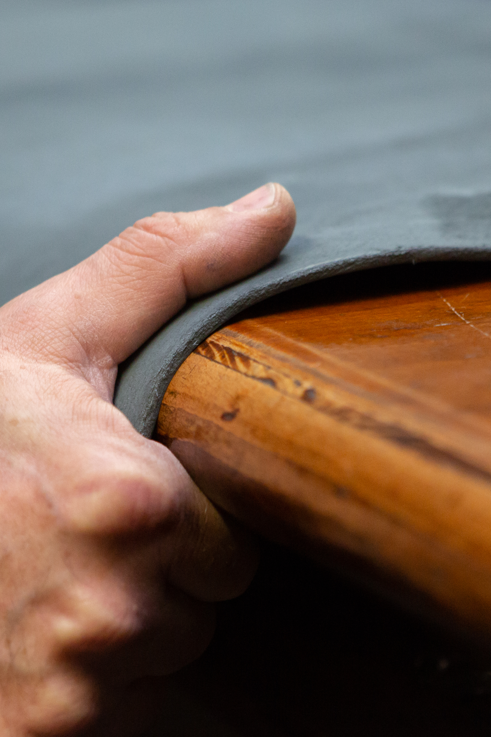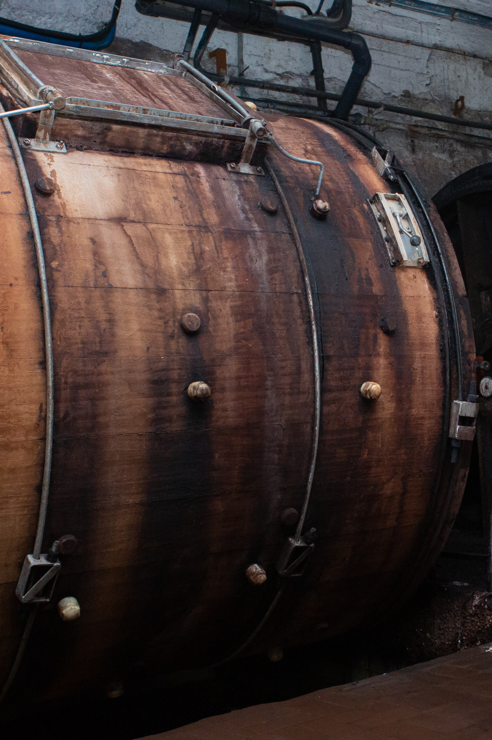Original content by: Lederpiel
Animal hide is very complex, proteinaceous in nature, heterogeneous and extremely irregular. The quality of hides is conditioned by several factors that may have affected the animal’s life and may lead to some type of imperfection or defect: parasites, chafing, scars, marks, etc. On the other hand, during the leather tanning process, some irregularities may also occur that affect the quality of the leather.
With the purpose of providing information to the leather industry in this area, Leather Cluster Barcelona has worked for months to develop an exhaustive catalog that serves as a tool for professionals in the sector in identifying the types of imperfections or defects that it may have.
The Dictionary of Natural Skin Imperfections and Production Irregularities presented by Leather Cluster Barcelona contains a compilation of the main imperfections and defects identified in the leather. Specifically, up to twenty-four different types of imperfections have been characterized. The document includes the list of imperfections (name and key characteristics), the coding, the image of the reference hide associated with the defect (identifying the areas of presence of the defect) and detailed examples of each one. Descriptively, each sheet has information about the area (identification of the main location where the defect is usually located), an observations section with clarifications, explanations and details associated with the imperfection or defect, the difficulty of detection (qualitative measure of the degree of difficulty in detecting this defect by the specialist), the impact of the defect on production (indicates the severity of the defect on the finished product and the frequency (estimation of how often the defect is present: one in five hides, one out of ten, one out of fifty or one out of every hundred).
You can read the Dictionary of Natural Skin Imperfections and Production Irregularities HERE
And so you can access the original post HERE















